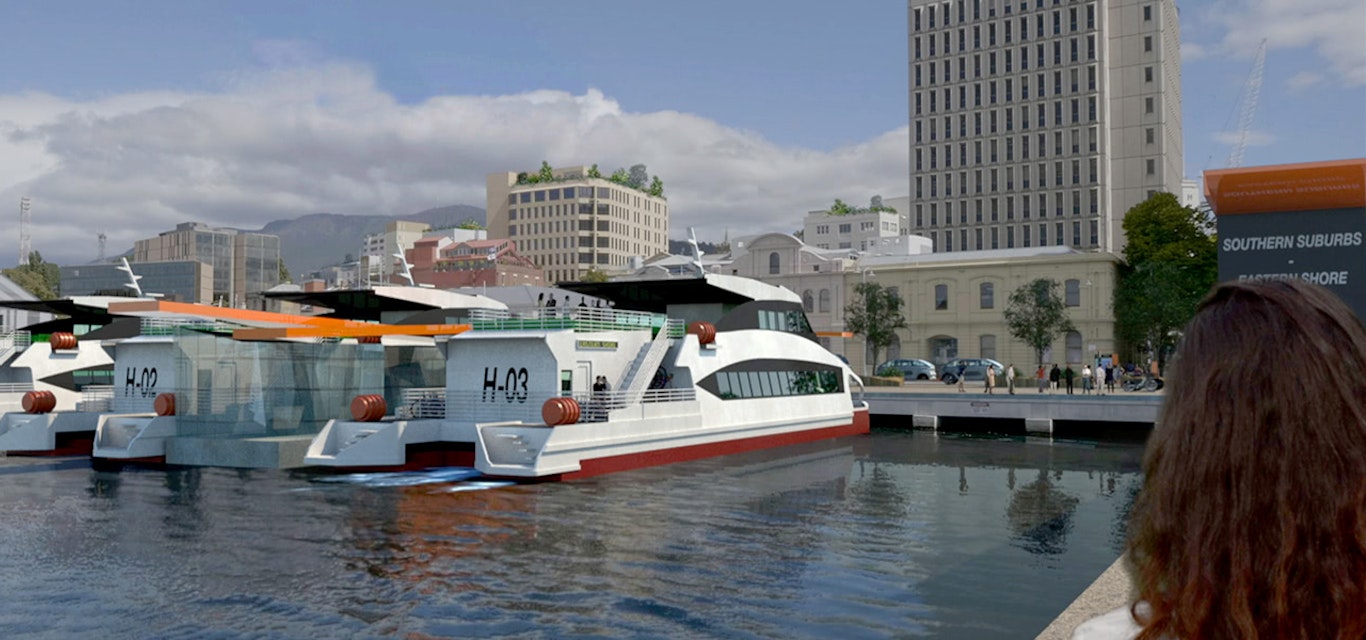Our future Vision details a range of action items staged across the next 30 years that allow for a responsive, holistic solution embracing new technology and making the most of the opportunities the city holds for a better future.
It outlines a staged approach that maps out changes across infrastructure, public and active transport, urban planning, social and community issues, as well as future mobility and emerging technology.
The first two stages focus on shifting people’s behaviours and patterns to embrace new technology and mobility options
Why we need to shift
84% of Hobart residents use private transport to get to work. We have the highest percentage of car use for commuting of all capital cities in Australia.
The current population of Greater Hobart is about 230,000, but according to the Australian Bureau of Statistics it is predicted to reach 300,000 by 2050.
With congestion already a major issue for residents and visitors it’s up to all of us to embrace opportunity and change. This will help us create what we believe can be one of the best cities in the world.
Credit: Roar Film and Edge Film
What changes can we make?
Our initial aim is to achieve a 4% shift in traveller behaviour from private vehicle transport to alternative transport options in the first 10 years of the life of the Vision.
We believe this can be achieved by making public and active transport more affordable and attractive to use, as well as looking to shift land use planning towards more high-density development along public and active transport corridors.
Reducing the percentage of private vehicle use by 4% will make a significant difference to the efficiency of the road network at peak times and ensure Hobart is more in line with the majority of other capital cities.
We understand that not everyone is able to make a change to their day-to-day travel, but by opening up future options and making travel more affordable, safer and easier, we believe we can achieve our goal.
Credit: Roar Film and Edge Film
What are the next steps?
We’ll also begin to lobby key stakeholders and all levels of government to advocate on behalf of all Tasmanians for change.
Our Vision will be regularly reviewed to ensure population changes, transport patterns, technology advances, work and study patterns and cost of implementation are all considered. Any updates will remain consistent with the overall Vision for Greater Hobart.
. . .
Hero image: Roar Film and Edge Film
